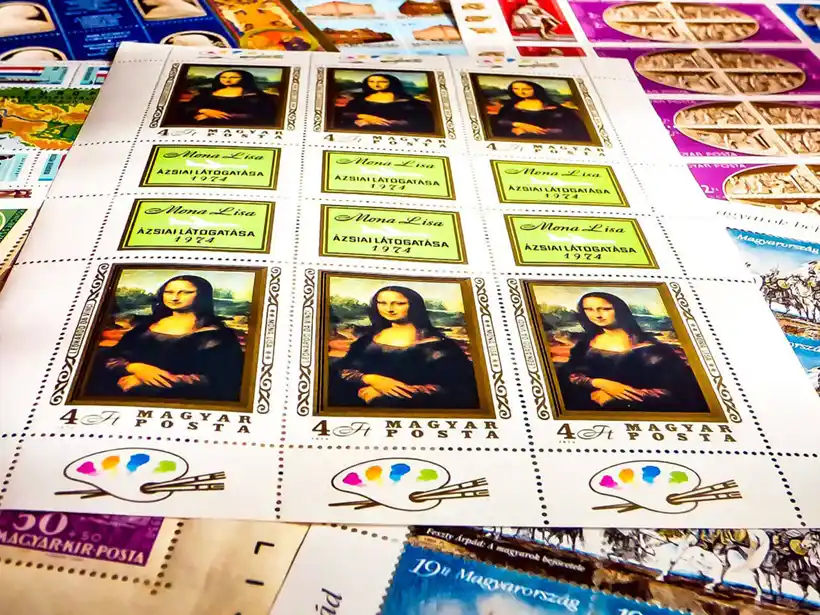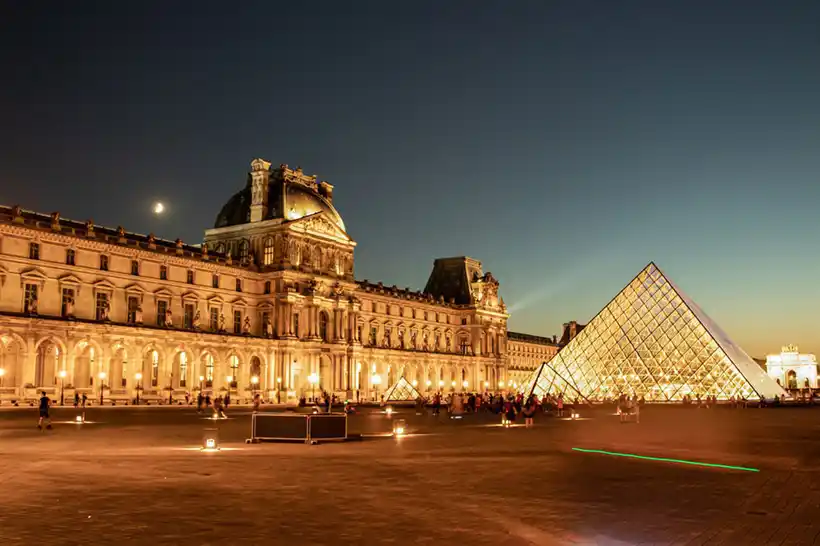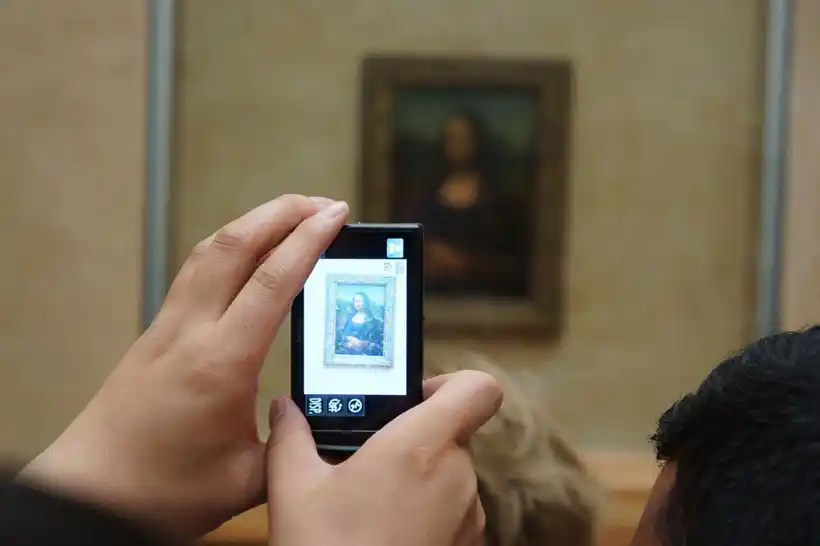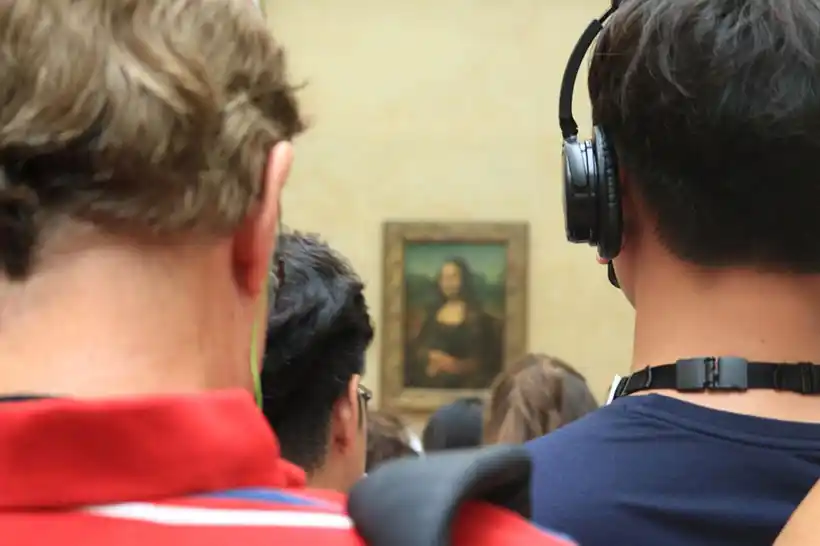3. Disappearance of Mona Lisa!

The Mona Lisa artwork disappeared from the Louvre in 1911. Pablo Picasso was one of the culprits in the heist, and authorities arrested and questioned him about it.
Also Read: 10 Interesting facts about Queen Cleopatra
In 1913, they discovered that Vincenzo Perugia was the real thief. He kept the artwork in his residence for two years while working at the Louvre. He believed that the artwork belonged to Italy and should be displayed in its proper location. When he tried to sell the picture to a gallery in Florence, Italy, authorities detained him.
4. Mona Lisa is priceless!

Vinci’s creativity and wisdom have produced the valuable artwork that will never be sold since its priceless!
Every year, almost six million people see the Mona Lisa at the Louvre. They glance at her for only 15 seconds on average. The Louvre in Paris boasts over 6000 other paintings, yet 90% of people come to see the Mona Lisa.
The painting, according to French heritage legislation, belongs to the public and hence cannot be sold.
5. Why Mona Lisa is in France?

Salai, Leonardo Da Vinci’s assistant, received the artwork after his death. King Francois most likely purchased the painting from Salai, and the painting became a French possession.
The King paid four thousand gold crowns for the artwork, which is equivalent to $9.7 million today! So, it arrived in France.
6. What is the story behind the fame?

Well, the renown of the painting was not always of miraculous proportions. The picture only gained fame when an Italian handyman named Vincenzo Peruggia, who worked at the Louvre, stole it.
Peruggia sought to return the Mona Lisa to its real home in Italy. In the night of August 20-21, 1911, he removed the Mona Lisa off the wall. With his expertise of the Louvre, he exited the institution silently, concealing the picture beneath his overcoat.
The heist made news all across the globe, and the picture engraved itself onto the collective mind of the entire planet. For a time, even Picasso was a suspect, but authorities interrogated and subsequently freed him.
7. The original name of the Mona Lisa.
Due to a spelling error, it is now known as Mona Lisa; the name remains Mona Lisa. “Madonna” is the meaning of the name Monna, which translates to “My Lady.”
8. The mystery of the smile

The model’s peculiar, enigmatic smile stands out the most in the painting, making it a one-of-a-kind portrait.
When we look at Mona Lisa’s eyes, our less precise peripheral vision picks up shadows from the cheekbones and detects the lips. The shadows dance with the eye, hinting at a smile’s curve. When we stare directly at the lips, though, our center vision misses the shadows, and the smile vanishes. Mona’s smile appears to fade in and out as our gaze moves around the photo.
Was it da Vinci’s intention to create the illusion of a flickering smile? Perhaps. In any event, he possessed the gift of creating shadows that dazzled onlookers for half a millennium.
Did you know?
In 1852, an artist named Luc Maspero, who was enamored with the smile and allure of the ‘Mona Lisa,’ committed himself by jumping from the fourth floor of a Parisian hotel. He left a suicide note revealing his undying love and years of waiting for her.
9. Attacks on Mona Lisa!

Not everyone writes the Mona Lisa fan mail letters. She’s been assaulted on multiple occasions.
A thief threw acid at the artwork in 1956. Another threw a rock at Mona Lisa’s left elbow, chipping a pigment. There’s a tiny bit of damage visible.
Someone splashed spray paint in 1974. A crazy lady threw a coffee cup at the picture in 2009. These last two efforts were prevented by the glass.
10. The love of Napolean!

The Mona Lisa picture was a favorite of Napoleon Bonaparte. He addressed her as Madame Lisa and referred to her as the Oriental Sphinx.
For four years, Napolean kept the ‘Mona Lisa’ in his bedroom at the Tuileries Palace, and it was his obsession with the picture that led him to fall in love with Teresa Guadagni, a descendant of Lisa Gherardini.



